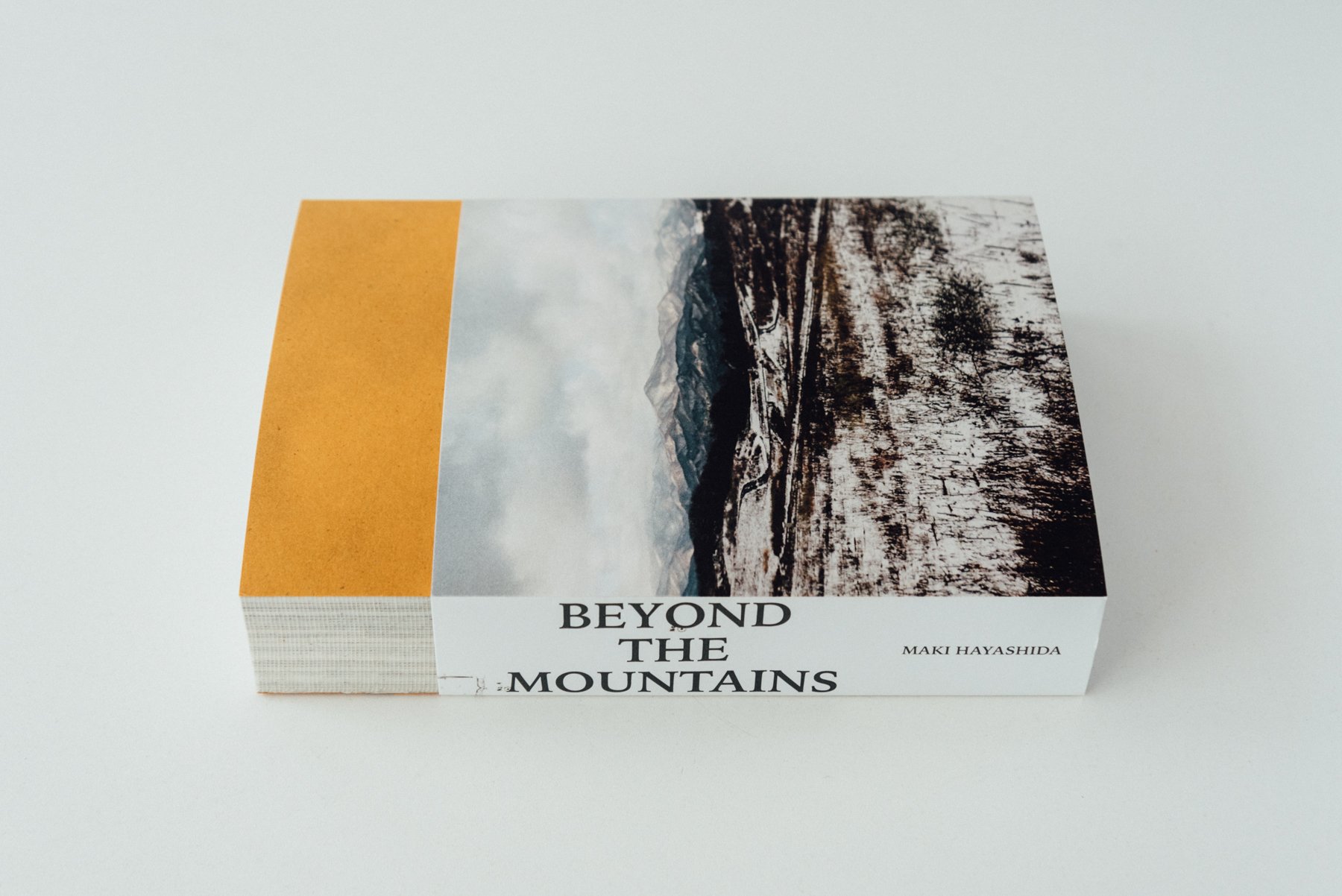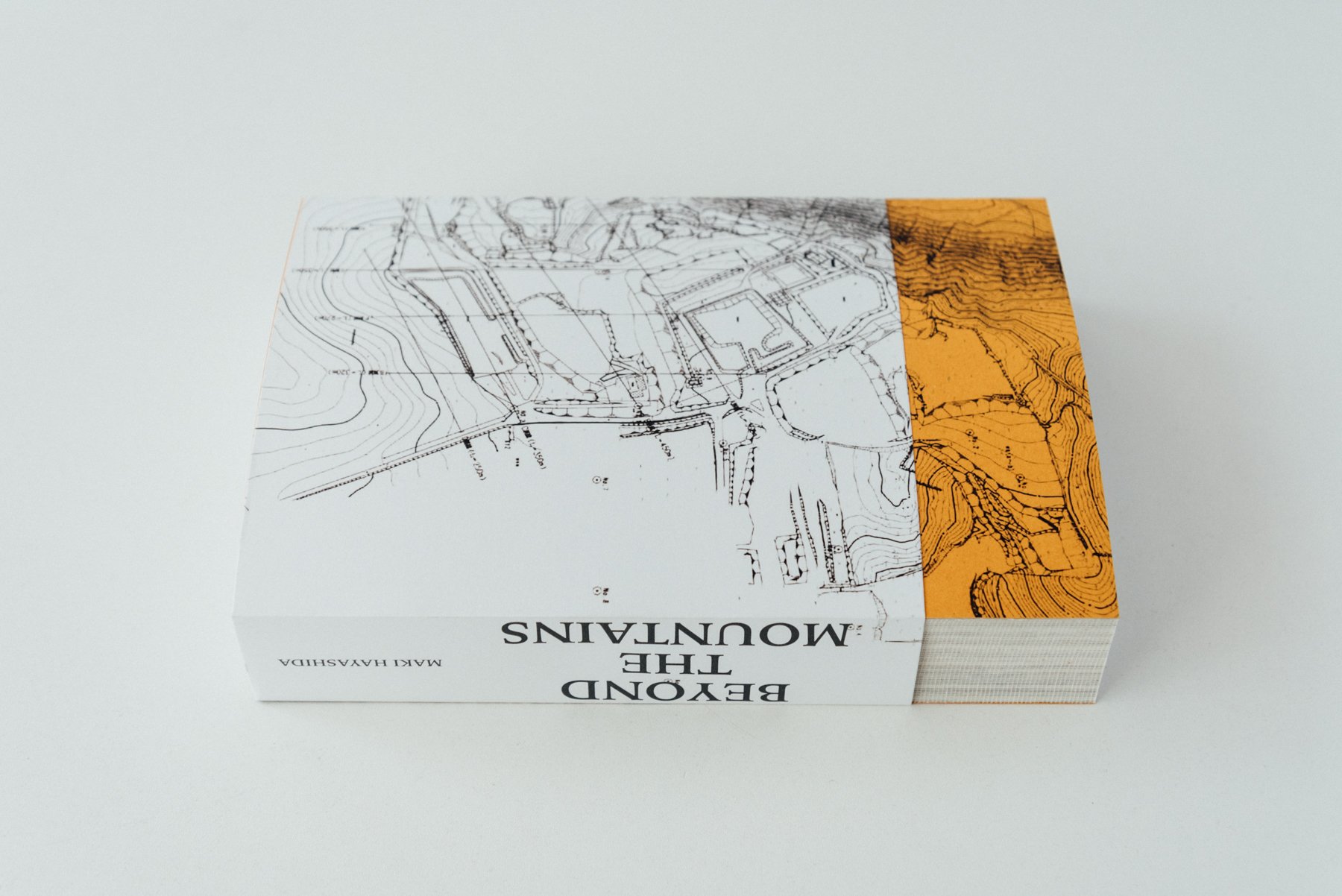Beyond the Mountains
(2020 - 2024)
STATEMENT
“Beyond the Mountains” is a visual archive of illegal dumping in Japan. Focusing on large-scale cases that are subject to specific hindrance removal projects under the Industrial Waste Special Measures Law, which expired on March 31, 2023, this body of work revisits illegal dumping across the nation, mainly in mountainous areas during the 1990s and 2000s, along with related important matters.
『Beyond the Mountains』は、日本における不法投棄のビジュアル・アーカイブである。2023年3月31日に失効した産業廃棄物特別措置法に基づく特定支障除去事業の対象である大規模事案に焦点を当て、1990年代から2000年代にかけて山間部を中心に起こった全国の不法投棄について、関連する重要事項とともに再検証している。
WORKS
BOOK DUMMY
As of January, 2023
As of January, 2023
The photobook as an object represents the quantity, multi-layers, complexity and concealment of illegal dumping in Japan.
オブジェとしてのフォトブックは、日本における不法投棄の量、多層性、複雑性、隠蔽性を表している。
Aerial photographs ©️ Geospatial Information Authority of Japan | 国土地理院
Archival photographs and documents
©️ Aomori Prefectural Government | 青森県庁
©️ Iwate Prefectural Government | 岩手県庁
©️ Akita Prefectural Government | 秋田県庁
©️ Matsuyama City Government | 松山市役所
©️ Mie Prefectural Government | 三重県庁
©️ Gif City Government | 岐阜市役所
©️ Shizuoka Prefectural Government | 静岡県庁
©️ Fukui Prefectural Governmet | 福井県庁
©️ Teshima Residents | 廃棄物対策豊島住民会議
©️ Western Saitama Residents | 埼玉西部・土と水と空気を守る会
©️ Tavito Haseru
©️ Reizo Kondo | 近藤 礼三
©️ Masayoshi Ishiwata | 石渡 正佳
- Shortlisted in the LUMA Rencontres Dummy Book Award 2023.
- Shortlisted in Fiebre Photobook Dummy Award 2022.
- Winner of Dummy Book Award in Singapore International Photography Festival 2020.
INSTALLATION VIEWS
KG+SELECT, 2021, at Sanjyo Ryogaemachi Building, Kyoto.






















